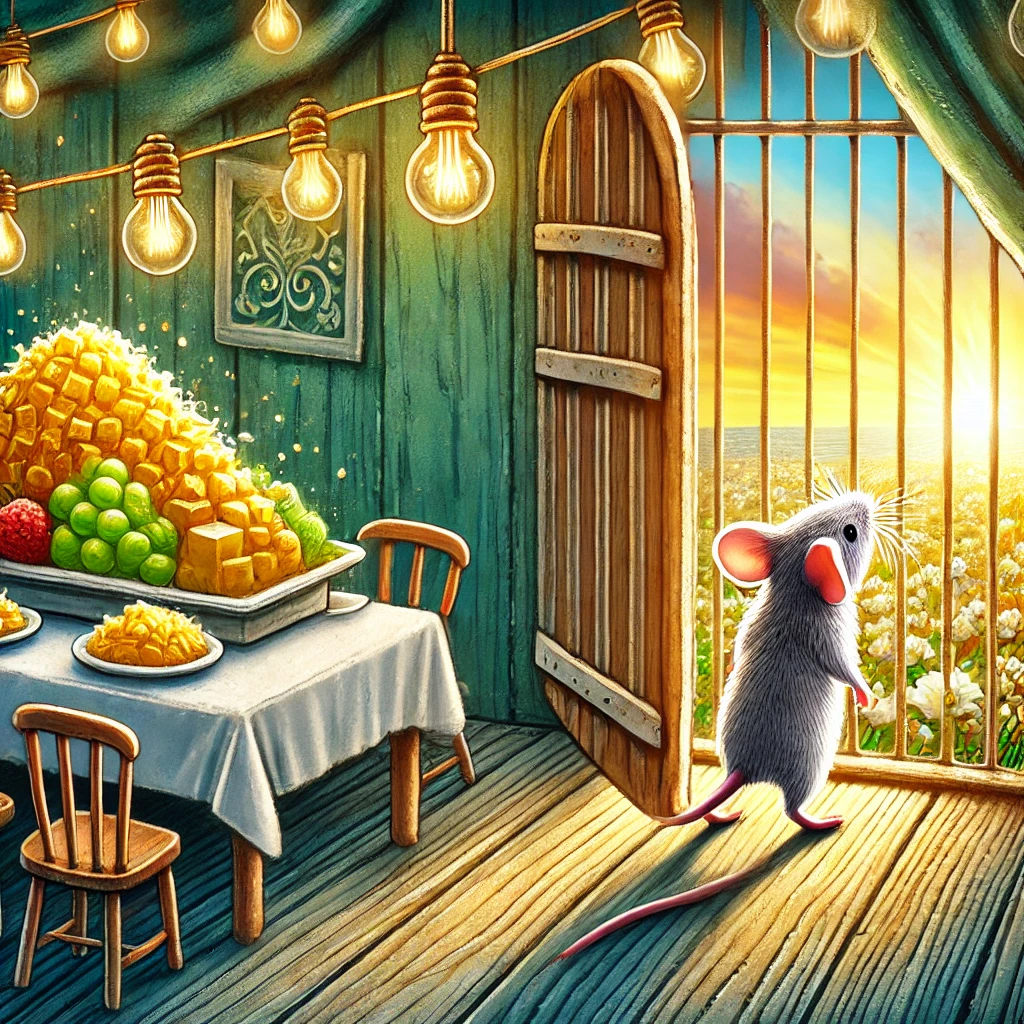Love Isn’t a Disney Movie—So Stop Expecting Prince Charming
Let’s cut to the chase: relationships are messy, unpredictable, and—surprise!—don’t come with a fairy godmother to wave away your issues. Yet, here we are, expecting fireworks and happy-ever-afters every time we swipe right. If your love life feels like a series of bloopers rather than a rom-com, buckle up. It’s time to talk about realistic expectations, unrealistic fantasies, and, let’s be honest, not knowing what the heck you even want.
The Problem With Prince Charming
Look, Prince Charming might look good on paper—handsome, rich, rides a horse. But let’s be real: he doesn’t exist. And even if he did, do you think he’d always put the toilet seat down? Unrealistic expectations in relationships are like ordering a pizza and expecting a five-course meal. Spoiler: You’re going to be disappointed. Big time.
Relationships aren’t about perfection; they’re about finding someone whose flaws you can live with—and who can live with yours. Yes, even your snoring.
Realistic Expectations: The Secret Sauce of Love
Here’s the truth: good relationships take effort, patience, and a willingness to compromise on what movie to watch on Netflix. If you’re looking for love, here’s what realistic expectations look like:
- They’ll annoy you sometimes—yes, even during the honeymoon phase.
- Arguments will happen. The goal isn’t to avoid them but to handle them with respect.
- They’re not responsible for your happiness. That’s an inside job.
- Love isn’t 24/7 butterflies—it’s also showing up on bad days.
It’s not glamorous, but it’s real. And it’s a heck of a lot better than chasing a fantasy.
Not Knowing What You Want: Welcome to the Buffet of Confusion
Ever walked into a buffet and wanted everything, but ended up with a plate full of regrets? That’s what dating is like when you don’t know what you want. You’ll try a little bit of everything, only to realize that none of it quite hits the spot.
Take the time to figure out your relationship menu. Do you want a serious partner? Someone who shares your love of pineapple on pizza? Whatever it is, get clear. Because if you don’t know what you want, how can anyone else?
Why Love Takes Time (and Fails Spectacularly at First)
Here’s the kicker: love doesn’t happen overnight. You’re going to fail—probably a lot. You’ll date people who ghost you, confuse you, or make you question why you even bother. And that’s okay. Failure isn’t the end; it’s the beginning of understanding what works for you.
Every awkward date, bad relationship, or heartbreak is a stepping stone to finding what you need in a partner. It’s a process. So stop rushing it. You’re not baking instant noodles; you’re making a slow-cooked meal.
Takeaways for Your Love Life
- Ditch the Fantasy: Perfection doesn’t exist. Aim for real, not ideal.
- Set Realistic Expectations: A good relationship is built, not found.
- Figure Out What You Want: Clarity leads to connection.
- Be Patient: Love is a marathon, not a sprint. Lace up and enjoy the run.




